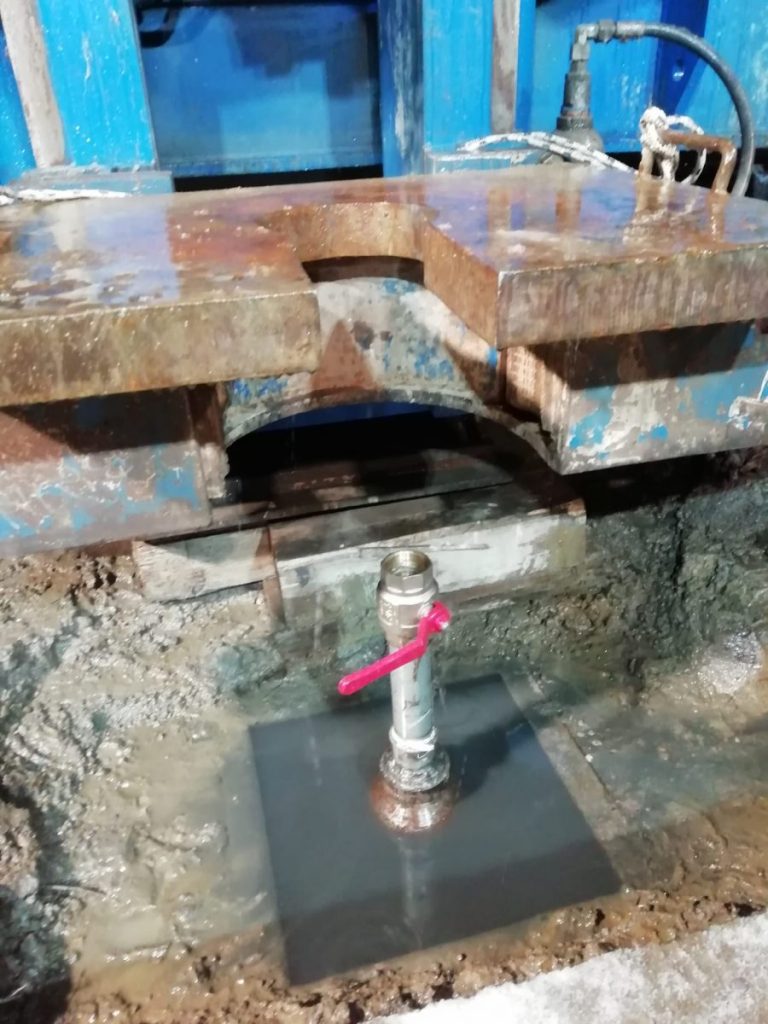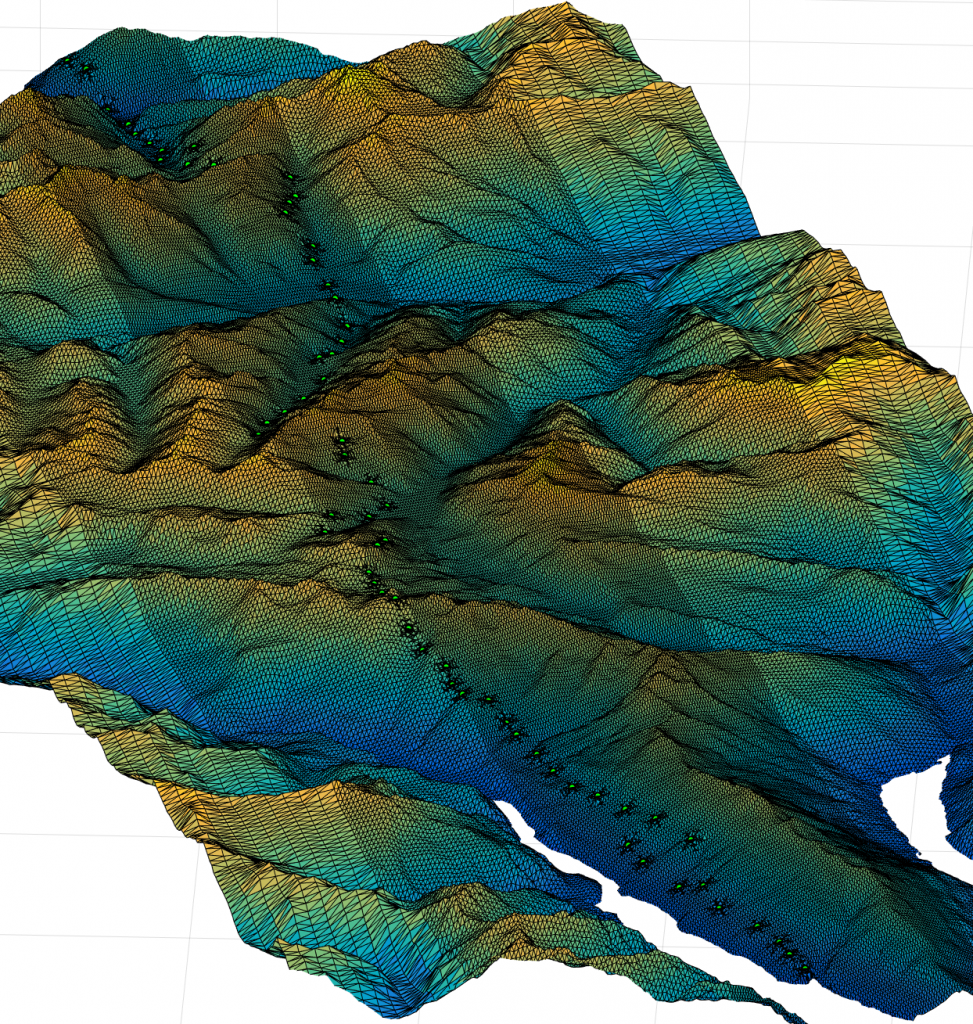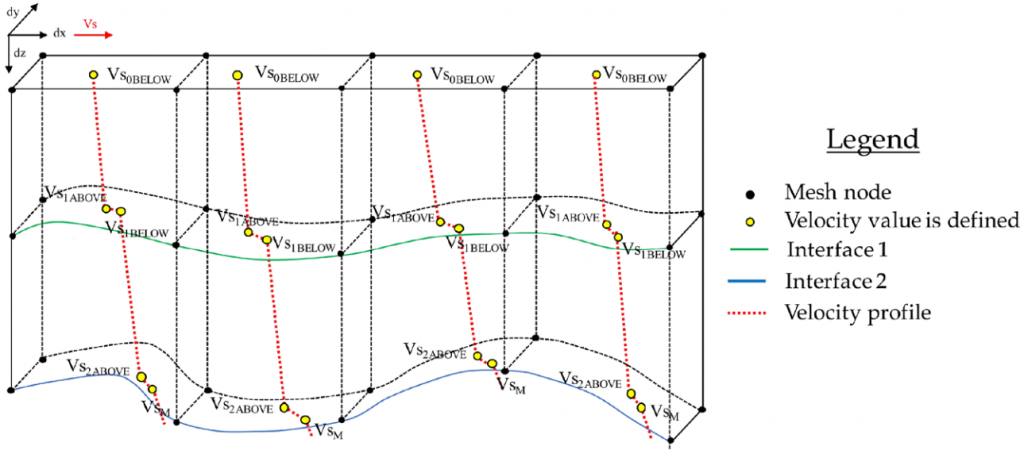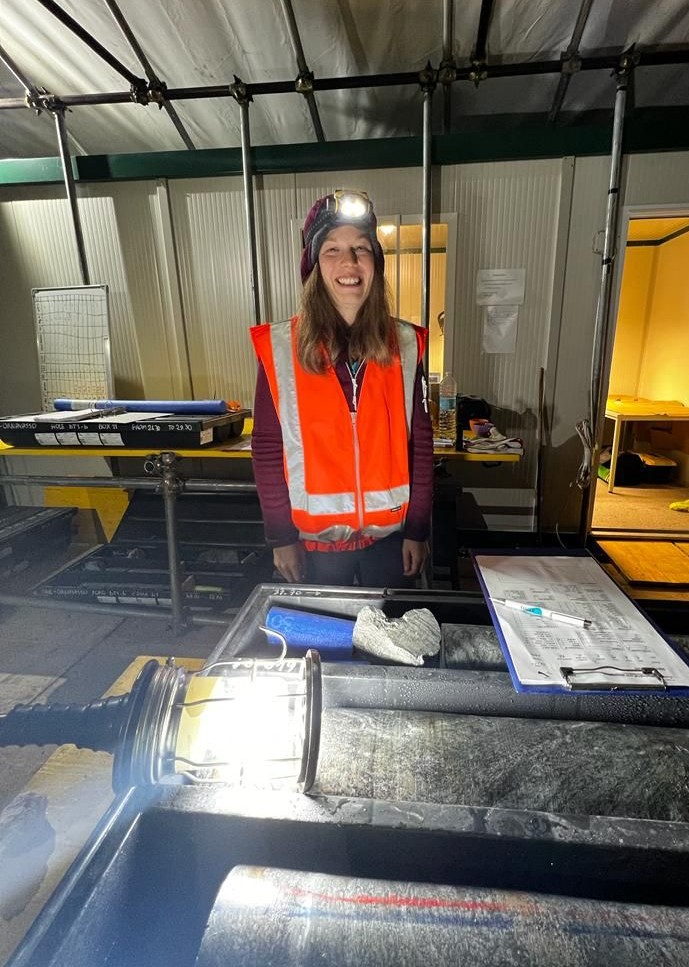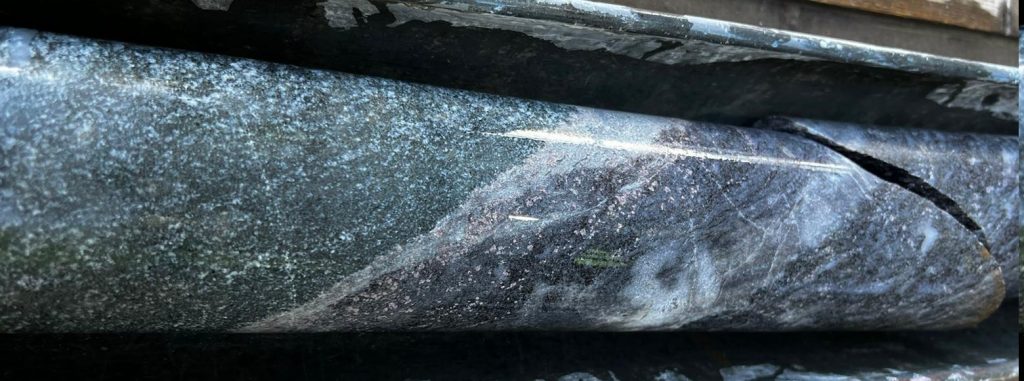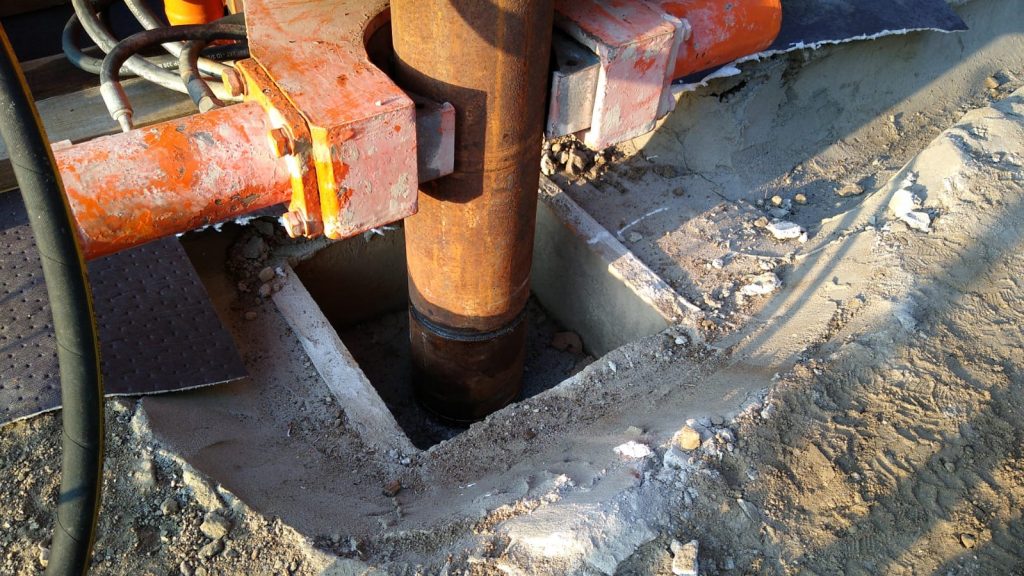Today is the 8th anniversary of the devastating 2015 Gorkha earthquake. Our educational seismology program, Seismo at School in Nepal, has held its first workshop in 2019, followed by several other, smaller activities during times of the pandemic restrictions. This year we are happy to be back with a full program and an in-person workshop in Pokhara, between May 1st and 3rd. Many thanks to the sponsors: EGU, IUGG and UNIL.





